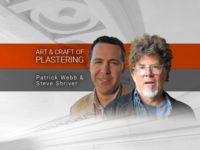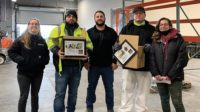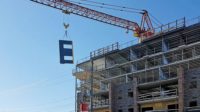The sphinx with its full face, a castle, the New York City skyline, the most recognized building in the world, Paris, ancient Rome, Venice, Morocco and a tower reaching the stratosphere, all contained in a 4.2-mile strip. I have just described some of the casinos/hotels on the Las Vegas Strip, replicates of eras, dreams and folly, and all made possible with EIFS.
The year was 1990 and EIFS began the departure from a classic-looking cladding to a replication of architectural wonders on the Las Vegas Strip. The tall castle turrets of the Excalibur with their capped conical tops, curtain walls with sculpted parapets and a gatehouse entry were all created with an EIFS cladding. This was the first building of “folly” in the west, where the usual details of the EIFS cladding were enhanced and stretched to create the look. EIFS was being asked to do many things, like pop out from a wall plane in dimensions never before done, be a roof material, be finished in bold colors, and last in the temperature swings of the Nevada desert environment. EIFS responded magnificently with a “hold my beer” track record of 34 years.
The other EIFS standouts, Luxor, New York, New York, The Bellagio, Paris, Caesars Palace, The Venetian, Sahara and the STRAT, are equally as impressive and all performing as intended. In addition, of course, there are the other “regular”-clad EIFS hotel/casinos quietly keeping pace with these standouts.
The Strip in Las Vegas has the highest concentration of EIFS-gone-wild examples, contained within walking distance of each other. There are other examples throughout the U.S., like the picnic basket near Columbus, Ohio; the ancient Lore Village in Knoxville, Tenn.; and even an upside-down house. Wood, metal, brick, stone, CMU and granite are yet other examples of where EIFS can go. These are all shiny illustrations of the artistic capabilities of EIFS, those unmatched by any other cladding. EIFS can look like many things, and like various claddings all within the same plane of a wall without any interruptions, ergo no flashings or sealants. I will say it again, EIFS is the most economical and versatile cladding we have.
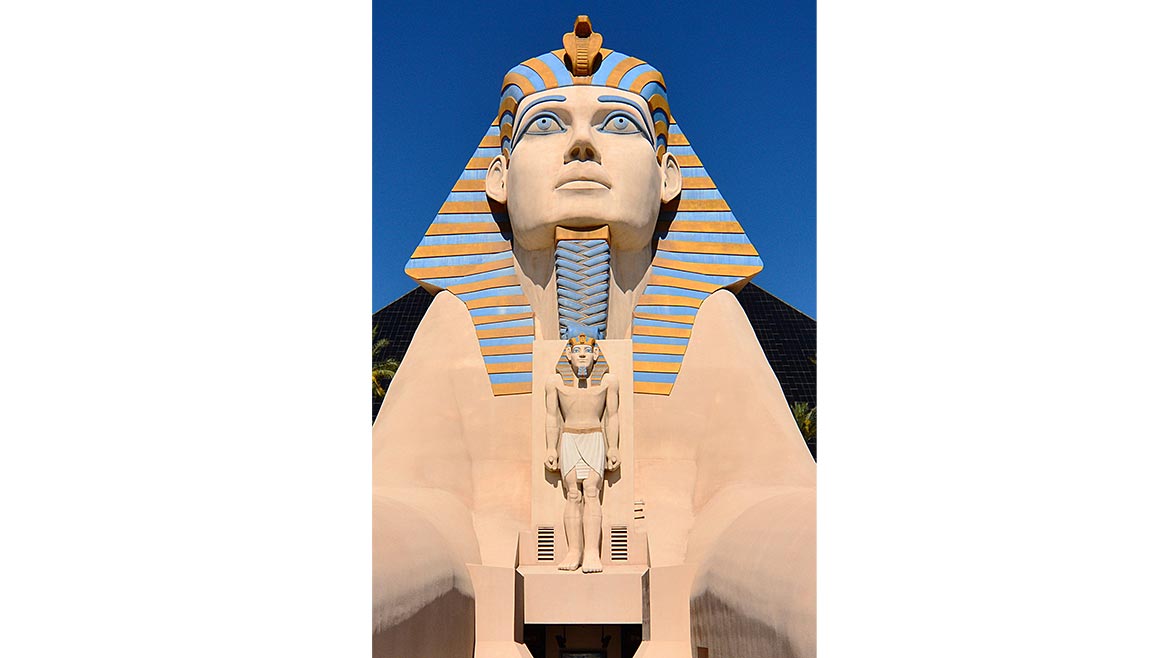
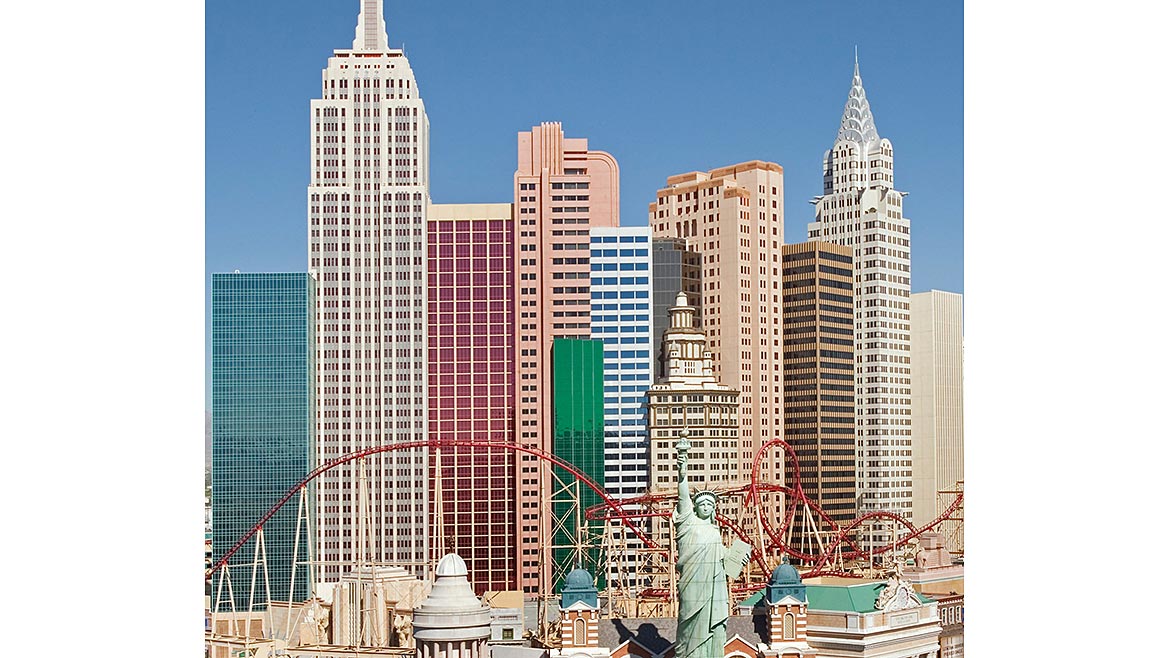
EIFS by the Numbers
Our beloved EIFS industry is on the precipice of an incredible growth surge, one made possible by a renewed interest in building performance and requirements for less energy usage in the face of increasing global temperature extremes. Let me clarify something. I am not writing this to debate, validate, pooh-pooh or get into the how of our growing global temperature swings; I am stating that it is a fact—temperatures are getting to the extremes. EIFS to the rescue?
There are some facts about our buildings in the U.S. that simply cannot be ignored, the biggest being energy consumption. The Department of Energy published its quadrennial technology review, “An Assessment of Energy Technologies and Research Opportunities,” in September 2015. The very first sentence of Chapter 5: Increasing Efficiency of Building Systems and Technologies, in part, reads, “The buildings sector accounts for about 76 percent of electricity use and 40 percent of all U.S primary energy consumption and associated greenhouse gas …” It goes on to note that building energy consumption must be considered as improving. Moreover, the major areas of energy consumption? Heating, ventilation and air conditioning. EIFS can contribute significantly to taming 66 percent of this gluttonous trio.
The building envelope is the playing field where energy consumption games are won or lost. The study by the DOE addresses insulation as one of the “key research opportunities,” where it is described as “thin, insulating material.” At least insulation is listed.
A second interesting fact about buildings is the sheer number of them. According to construction-physics.com, there are roughly 100 million single-family homes, 5.2 million multifamily residential buildings, 5.5 million commercial buildings, 350,000 industrial buildings and 240,000 military buildings, for a grand total of 111 million buildings (agriculture and parking structures were omitted). New construction adds about 1.2 million buildings each year. All right, enough of the statistics. Let me get to my point.
Even if we EIFS nerds were to clad 100 percent of the new buildings built in 2024, we would still have over 100 million existing buildings sitting there consuming and consuming. I know there are some EIFS-clad buildings in existence that have been winning the day for their building hosts, but not to a quantity sufficient to have a big impact on total energy consumption. Yes, we have a lot of work to do.
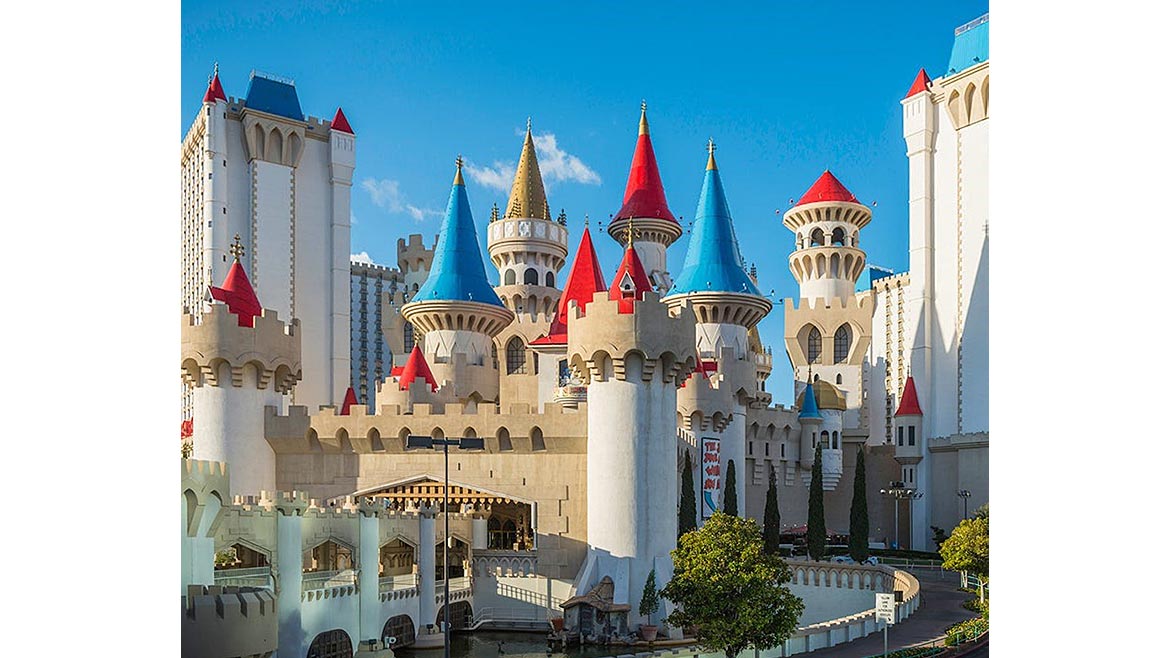
Building Bling
I have touted in previous articles that the real EIFS opportunities are in the re-cladding of existing buildings. And, by re-cladding, I mean adding an EIFS cladding without removing the existing cladding and sending it into the waste stream. I must pinch out the glass-clad structures in this scenario because, as of this writing, there are no methods of attaching EIFS to glass. There are hosts of aging claddings that provide limited to no insulating values to their building host. Adding an EIFS cladding does several things.
First, you get the new-bling gratification from changing the look of the building. Love is restored, values go up and people turn their heads, while the building smiles. Then you recruit the existing cladding into becoming a “mass” structure holding in the temperature-conditioned environment, releasing it back into the interior when the heating and cooling are cycled down. In fact, there will be less conditioning cycles altogether because we have introduced a time-proven temperature stabilizer, the mass wall. Yes, it will be to varying degrees based on the existing mass, but all of the existing claddings will have a positive contribution. Then, the coup de grâce—insulating the exterior walls with a continuous insulation layer. There is irrefutable data done by EIMA through Oakridge National Laboratories showing the energy reduction benefits of EIFS. There is an “I” in EIFS and it is silent, but what a performance punch it delivers.
Human Comfort
Whether the building is clad with folly, made to replicate far-away architecture or simply to be refreshed, EIFS stands ahead of the cladding crowd. As a population of Homo sapiens who spend 90 percent of their time indoors, I submit that those indoors should be the most hospitable possible. We are walking comfort-barometers, sensors of hot and cold, seekers of "ahhhhh." The lightweight insulating cladding we know as EIFS is a silent giant and potentially the largest contributor to minimizing energy consumption in buildings. With EIFS, there are no carbon offsets, no energy trade-offs, no smoke, no mirrors, just time-tested energy-saving performance.
Images courtesy of WWCCA.





